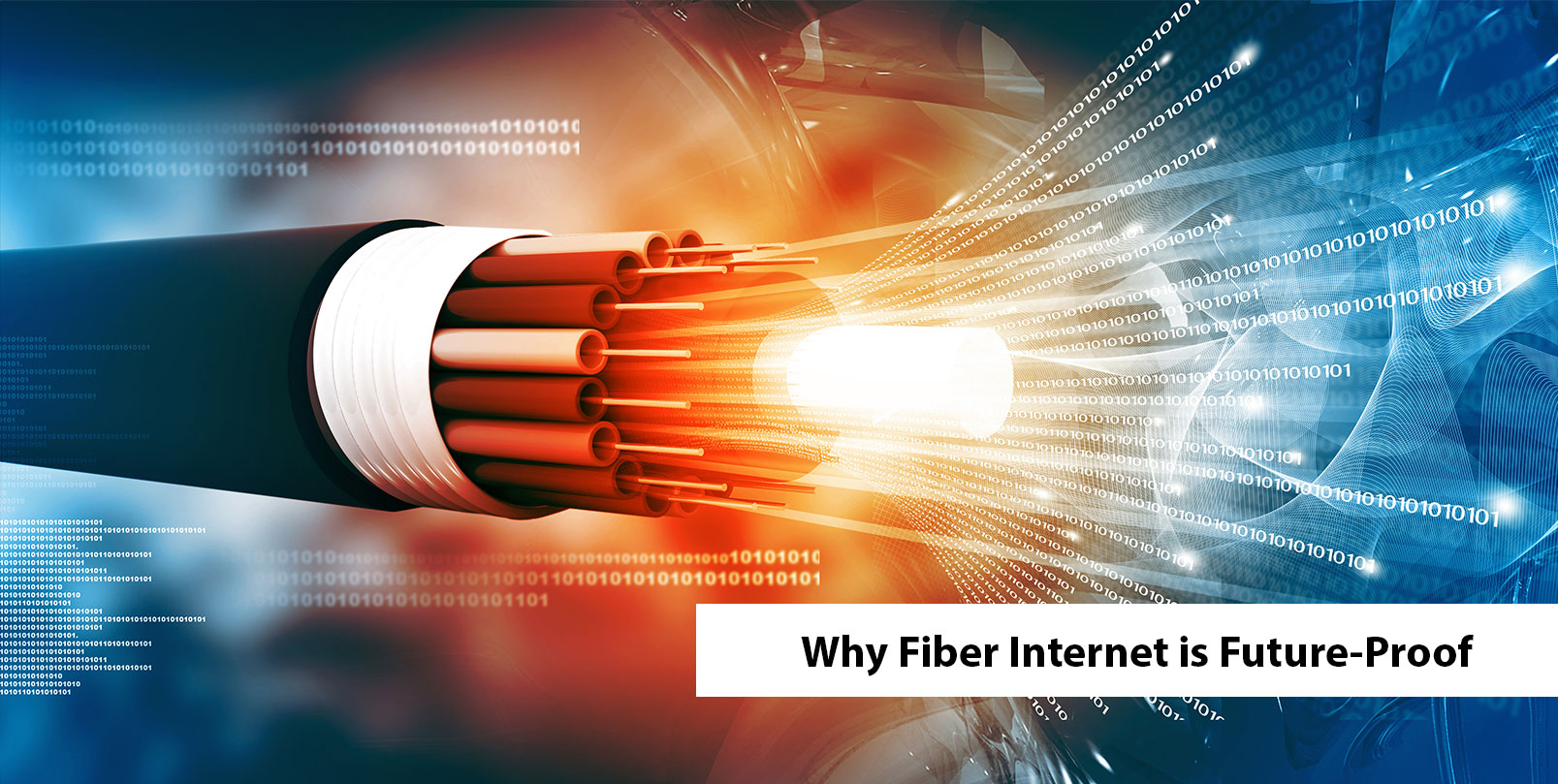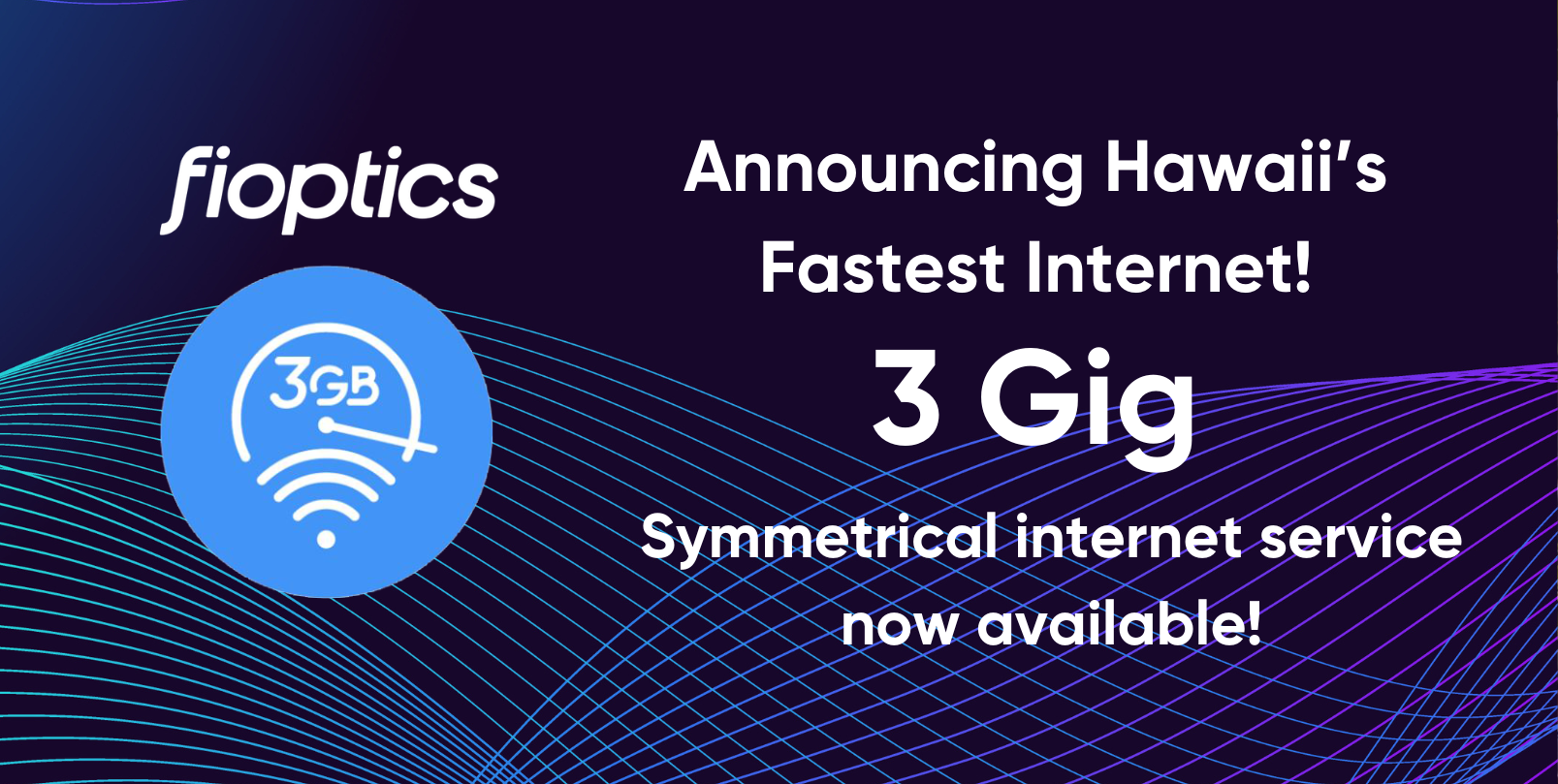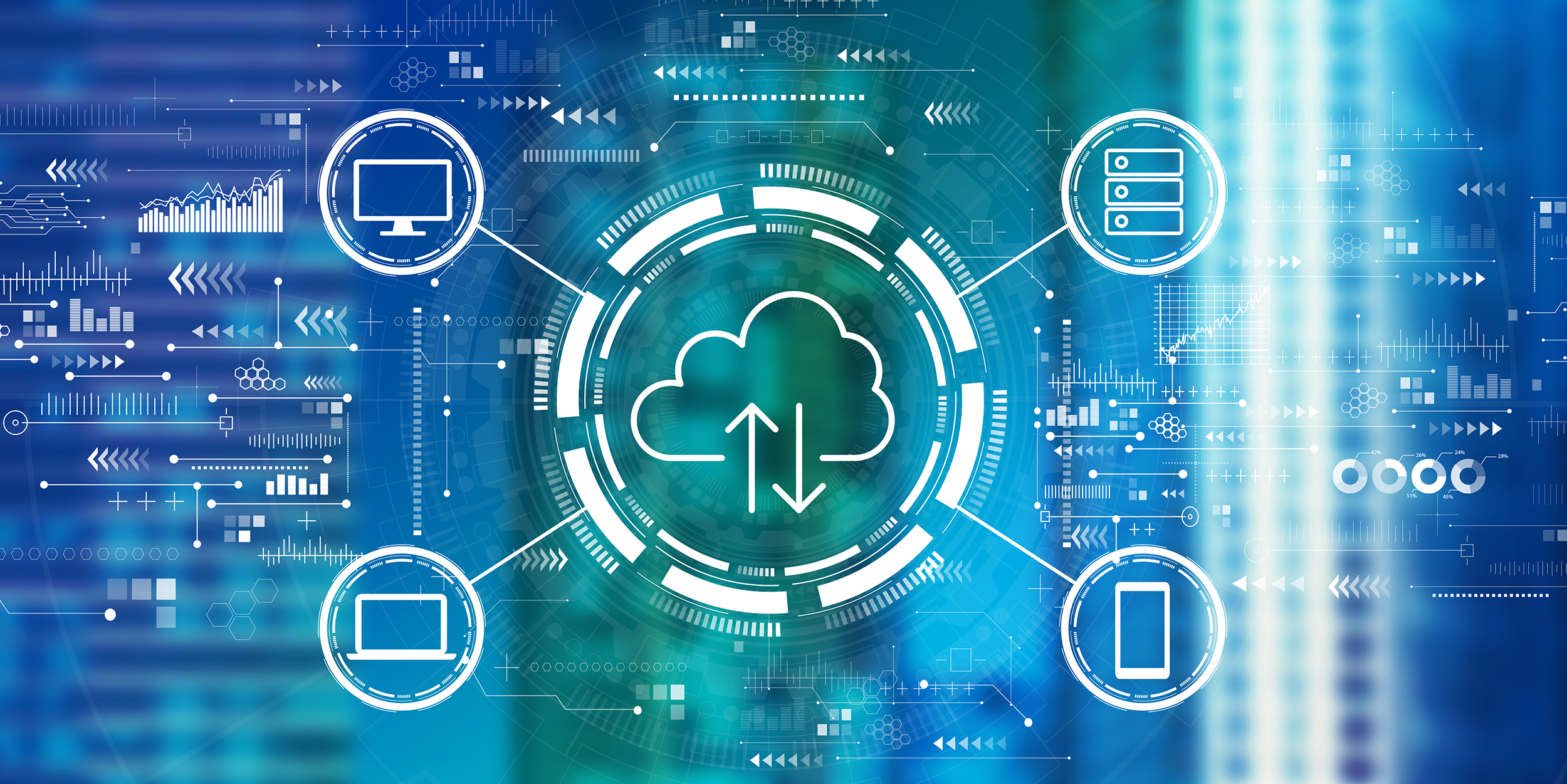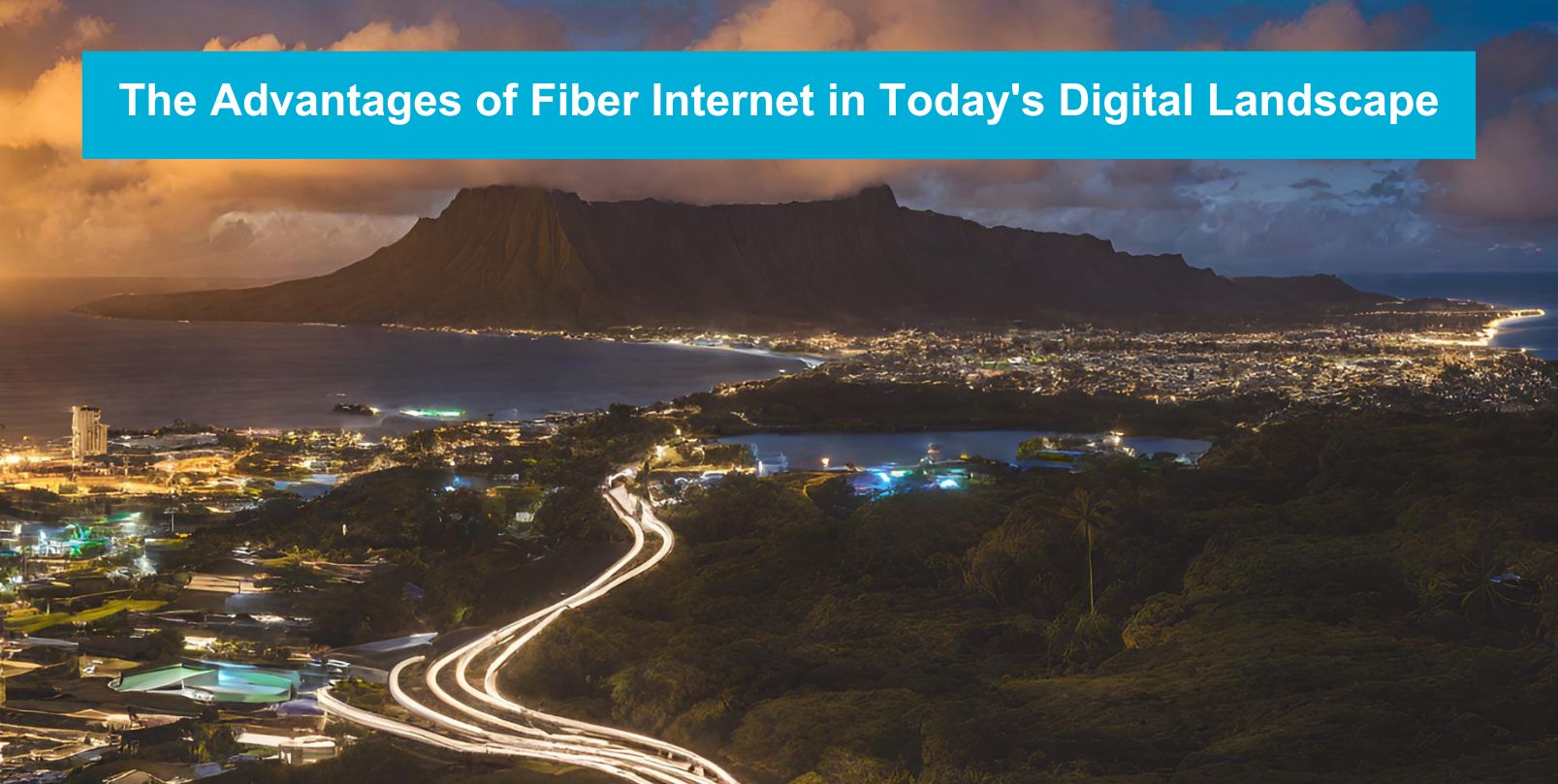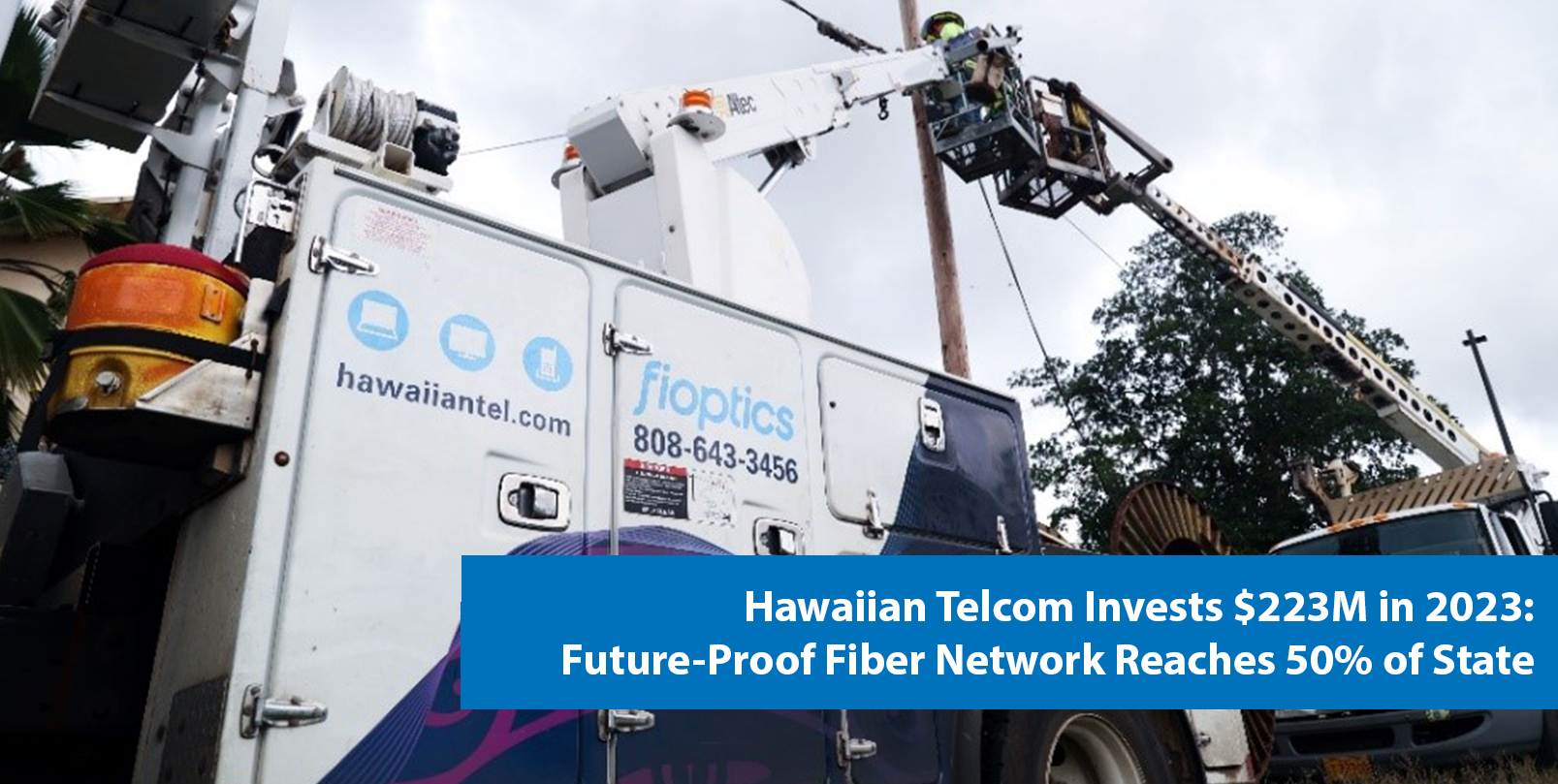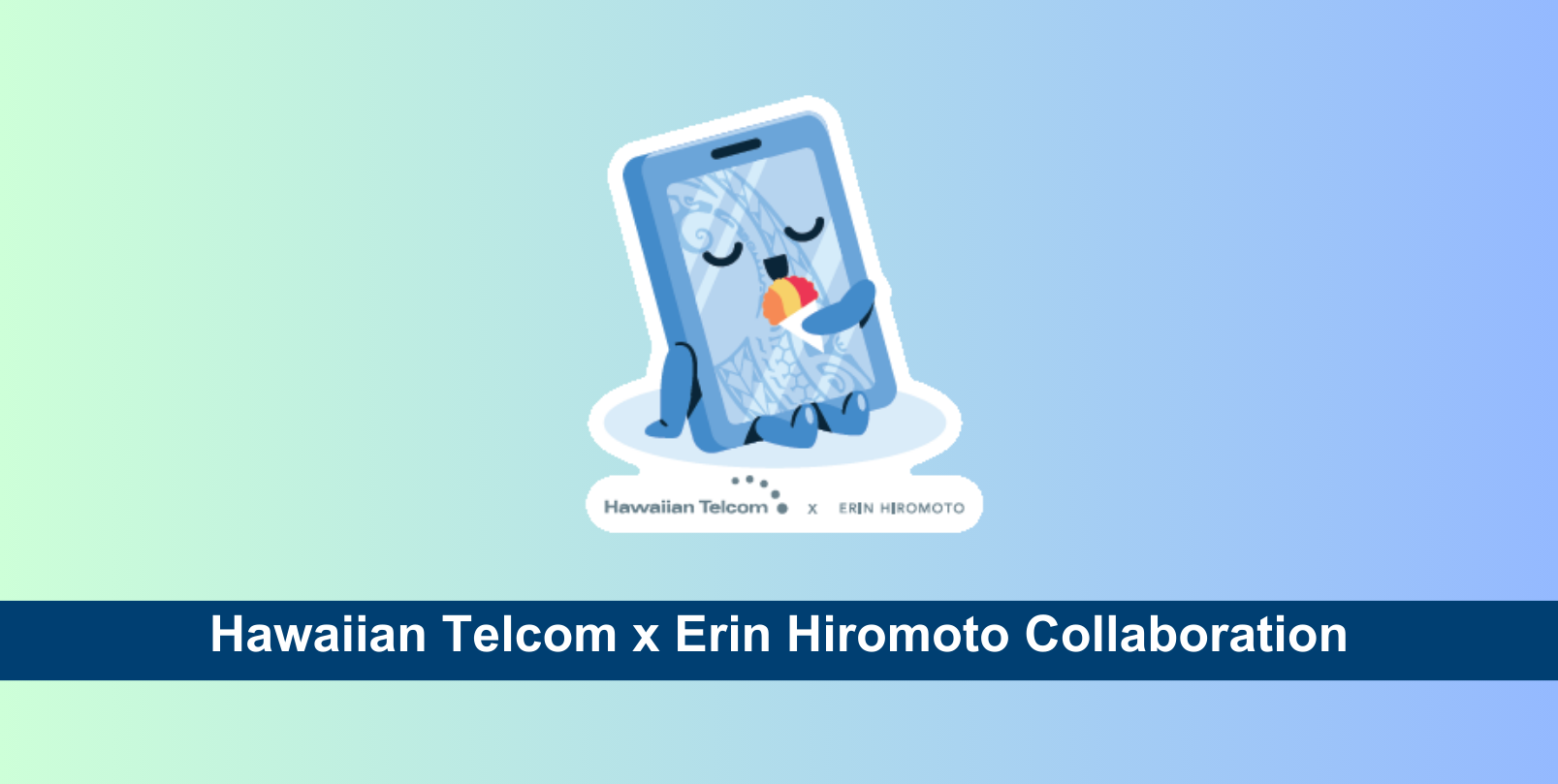Why Fiber Internet is Future-Proof
What is Fiber?
In technology and telecommunications lingo, ‘Fiber’ refers to the technology of Fiber-optics, transmitting data through cables with transparent glass or plastic cores using light. The technology uses a phenomenon known as total internal reflection, to trap light in the core, even along curves! These Fiber cables also have incredible physical properties:
- Fiber-optic cables can be thinner than a human hair – The transparent core of a singlemode Fiber-optic cable used for a household internet connection has a diameter of ~9 micrometers, about 10 times thinner than the average human hair.
- Signals travel through Fiber near the speed of light - Modern Fiber-optic cables are made of silica glass, and information travels through them at 69% the speed of light, or 128,535 miles per second. To put that figure in perspective, you could send a signal around the world 5 times in 1 second!
Where is Fiber used today?
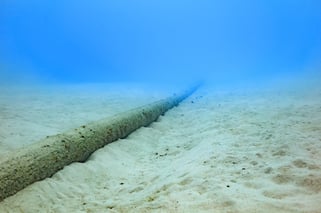 Most major intercontinental Fiber-optic cables have been around since the 1990s to the early 2000s. The reason you don’t typically see or hear about these cables is because they are laid deep underwater on the ocean floor. When these subsea cables reach land, they’re well-hidden and guarded – due to the sheer volumes of web traffic they carry for millions of people, businesses, and governments, these cables are critical pieces of modern infrastructure!
Most major intercontinental Fiber-optic cables have been around since the 1990s to the early 2000s. The reason you don’t typically see or hear about these cables is because they are laid deep underwater on the ocean floor. When these subsea cables reach land, they’re well-hidden and guarded – due to the sheer volumes of web traffic they carry for millions of people, businesses, and governments, these cables are critical pieces of modern infrastructure!
Locally, ‘Fiber internet’ to homes and businesses has only become widespread in the past two decades, as the cost of the technology has become practical for internet service providers to invest in. Over the next several decades, Fiber-optics will gradually replace copper due to Fiber’s superior reliability, capacity, and overall sustainability.
Internet service providers who are actively upgrading their copper networks offer different levels of Fiber reach from their central offices to your home or business. The closer Fiber comes to your premise, the more benefits you experience from a Fiber-optic connection!
Why Fiber Internet is Future-Proof
 While some advantages of Fiber are inherent to the system, such as using light as opposed to electricity, other characteristics like the construction quality and transmission capacity have vastly improved over time. While first-generation Fiber systems from the 1970s could only operate at about 45 Megabits per second, newer Fiber-optic cables in development have reached Petabit per second capacity, about a billion times more data than their ancestors. Fiber also offers several benefits over traditional copper, such as:
While some advantages of Fiber are inherent to the system, such as using light as opposed to electricity, other characteristics like the construction quality and transmission capacity have vastly improved over time. While first-generation Fiber systems from the 1970s could only operate at about 45 Megabits per second, newer Fiber-optic cables in development have reached Petabit per second capacity, about a billion times more data than their ancestors. Fiber also offers several benefits over traditional copper, such as:
- Increased reliability and durability – Fiber-optic cables are not susceptible to electromagnetic interference issues common in copper cables, because the glass core conducts light, not electricity. The cables also tolerate water and heat stress – environmental factors capable of causing outages in copper-type cables. Fiber-optic cables also have much greater lifespans, whereas copper cables can degrade quickly in poor conditions.
- Superior bandwidth – Your average singlemode Fiber-optic cable can carry 10 times more data than traditional copper cables at current usage rates. While normal internet activity typically doesn’t transmit enough data equal to Fiber’s full bandwidth, it allows for better internet service during peak web traffic hours. As we transmit more and more data in the future, Fiber-optic cables will be able to handle that increased volume. Think of Fiber as a newer, larger highway with a higher capacity for traffic!
- Environmentally friendly – Copper cables require copper mining for production, which involves hazardous chemicals and creates toxic byproducts. Copper also requires more energy to operate in comparison to Fiber. Fiber-optic cables are made using Silicon, the second most abundant element in Earth’s crust, in a safe extraction and production process. These cables need less maintenance and replacement over their lifespan, further reducing Fiber’s resource footprint.
- Continuously evolving – Copper technology has reached an evolutionary limit where its cables’ capacity can no longer compete with Fiber technology. Meanwhile, Fiber also continues to evolve, as scientists are still finding ways to make new Fiber-optic cables even faster than existing ones. Researchers at the University of Southampton in England have created Fiber-optic cables with hollow cores that transmit signals at 99.7% the speed of light!
Who benefits from Fiber internet?
You, your business, and your community! A 2015 white paper by the Fiber-to-the-Home Council Americas found that Fiber enablement increased the value of a typical property by as much as $6,000 (adjusted for inflation to 2021). As Fiber technology continues to evolve, lower production and maintenance costs for service providers also benefit end users, making high speed internet even more affordable. For homeowners, faster internet speeds also mean you’ll be able to stream and game with little to no buffering and latency. Businesses can expect faster data uploads for critical backups, and greater network reliability due to Fiber’s improved reliability.
Want to learn more about Fiber?
Our brand-new Fiber Education page is packed with more fun facts, Q&A, a glossary of Fiber jargon, and videos from Hawaiian Telcom experts to help you learn more! Come check it out at: https://www.hawaiiantel.com/Fiber-is-The-Future

